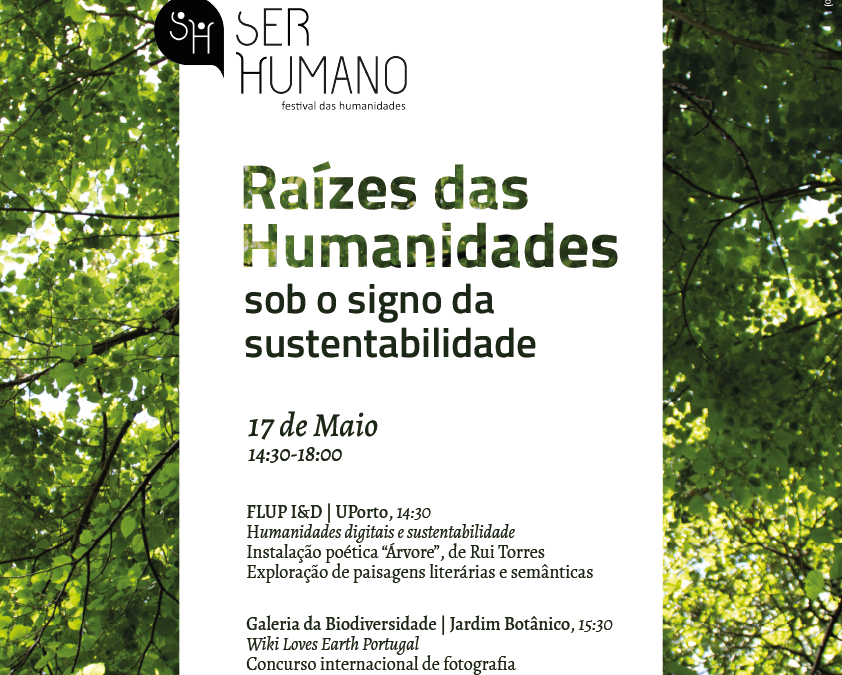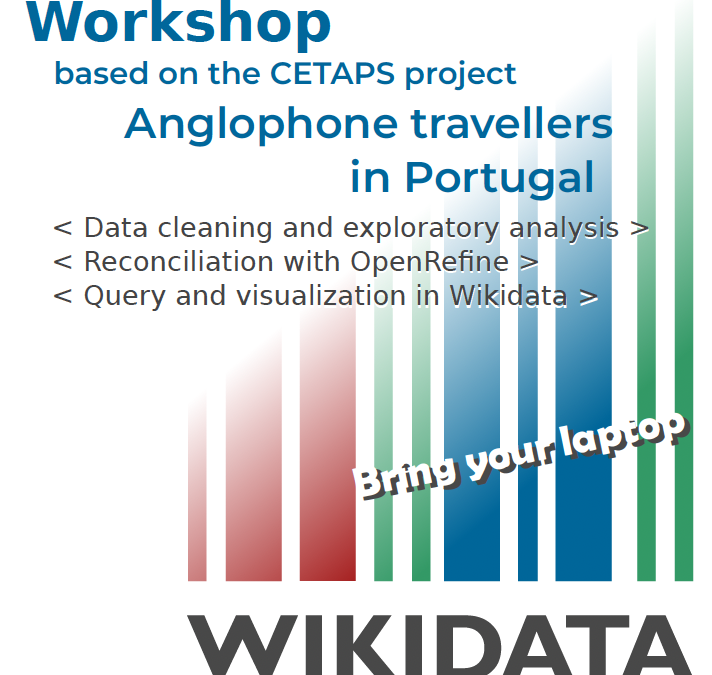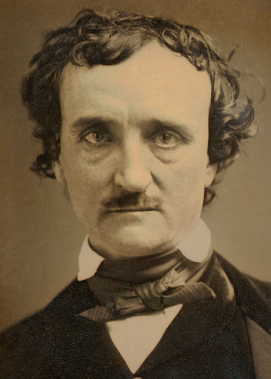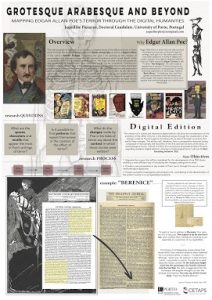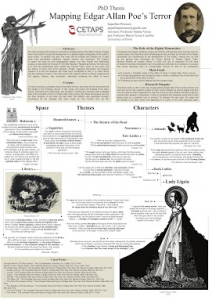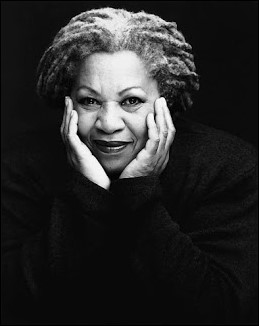
Digital Humanities: TENT-ative Definitions and the New Modalities of Scholarship”
Location: July 5 – 10:00-12:00 – Anfiteatro Nobre (FLUP)
Speaker: Dr. Craig Saper, University of Maryland, Baltimore County (UMBC), Estados Unidos da América
(https://llc.umbc.edu/saper/)
Summary: The lecture will open the conversation and cover what digital humanities means to different audiences and how it is connected to both contemporary theories of post-print-literacy and to the history and future of reading, scholarship, and publishing. The lecture and presentation will be suited for graduate and undergraduate students as well as colleagues and researchers interested in these areas.
Bio: Professor Craig Saper (csaper@umbc.edu) is the Director of the Language, Literacy, and Culture Doctoral Program at UMBC in Baltimore, Maryland, US. He is the author of The Amazing Adventures of Bob Brown (2016), Intimate Bureaucracies (2012), Networked Art (2001), Artificial Mythologies (1997). He has co-edited scholarly collections on: Electracy; Imaging Place; Drifts; Mapping Culture Multimodally; and edited and introduced six critical editions by a reading machine inventor, Bob Brown, including five with Roving Eye Press: The Readies; Words; Gems; 1450-1950; and Houdini (http://rovingeyepress.umbc.edu/). In 2020 Saper co-edited, introduced, and annotated the contributors’ section of the 1931 Readies for Bob Brown’s Machine: A Critical Facsimile Edition with Edinburgh University Press. He has published chapters and articles on digital culture and built readies.org. He co-curated TypeBound (on typewriter and sculptural poetry), and was the co-founder of folkvine.org. Later in July 2023, he will present full-dome poetic projections at the Electronic Literature Organization in Coimbra, Portugal.

